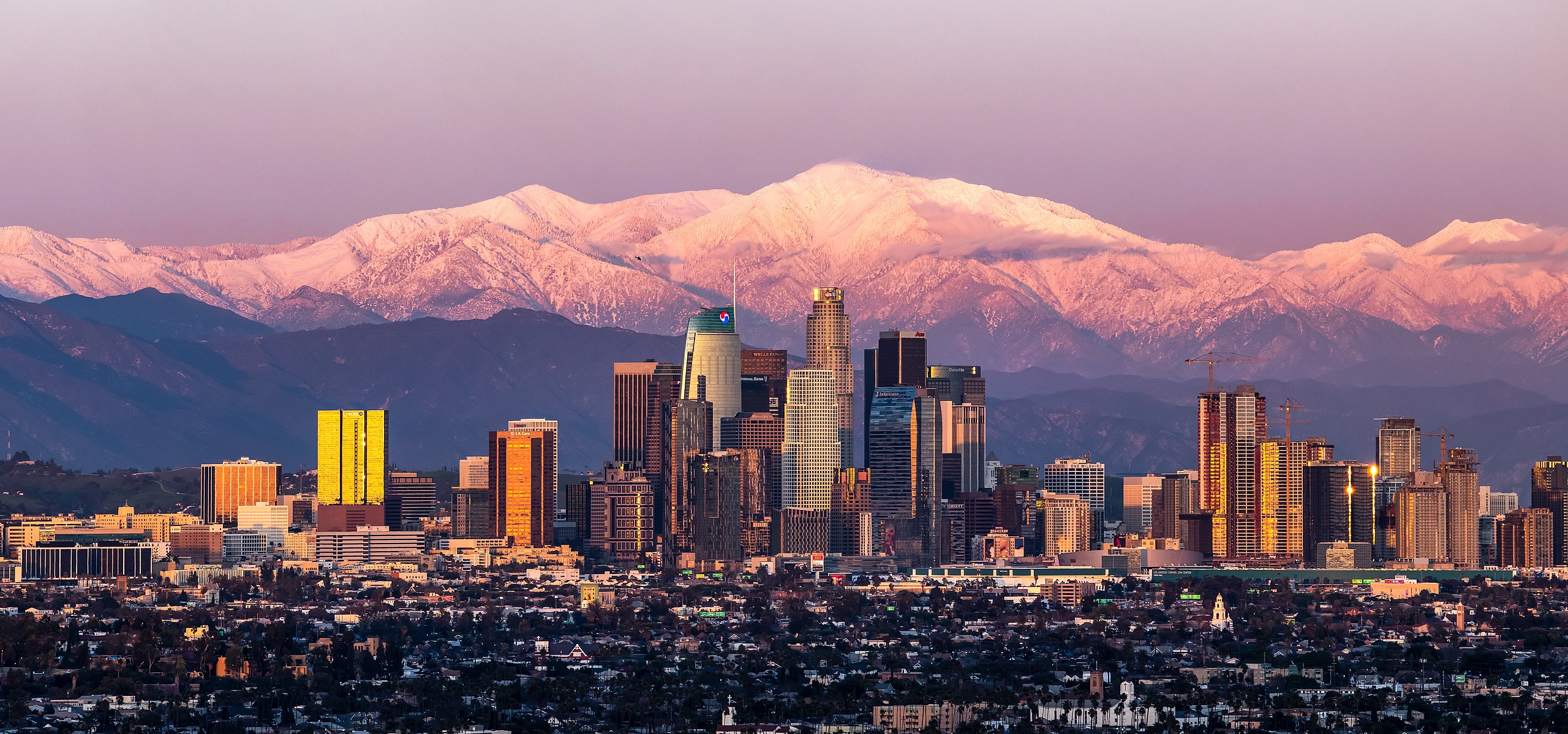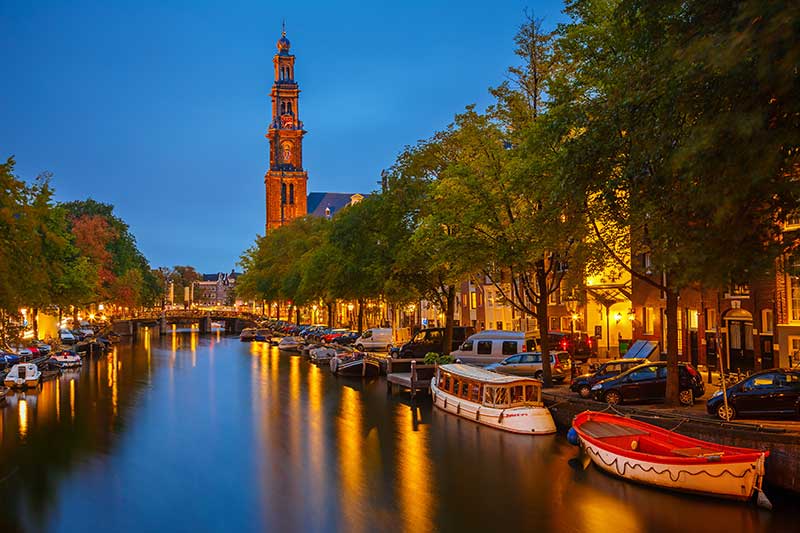Tanzania is a country full of natural beauty, rich culture, and deep history. Located in East Africa, it is a place where travelers can explore diverse landscapes, from vast plains to towering mountains and pristine beaches. The country is home to some of the most famous wildlife parks in the world, making it a dream destination for nature lovers and adventure seekers. Beyond the wild, Tanzania also offers a rich cultural experience, delicious food, and a fascinating past that continues to shape the nation today.
Tourist Attractions in Tanzania
Tanzania is known for its breathtaking scenery and national parks that attract visitors from all over the world. One of the most famous attractions is the Serengeti National Park. This park is home to the Great Migration, where millions of wildebeest, zebras, and gazelles move across the plains in search of fresh grazing land. Watching predators such as lions, cheetahs, and hyenas hunt in the open savanna is an unforgettable experience.
Another must-visit location is Mount Kilimanjaro, the highest peak in Africa. Many travelers come to Tanzania to take on the challenge of climbing this towering mountain. While the trek is difficult, reaching the summit is a rewarding experience. Even for those who do not climb, the surrounding landscapes and nearby rainforests provide beautiful hiking trails and scenic views.
The Ngorongoro Crater is another natural wonder worth exploring. This massive volcanic crater is home to an incredible variety of animals, including elephants, rhinos, hippos, and flamingos. Because of its unique geography, the crater acts as a natural enclosure, allowing visitors to see a high concentration of wildlife in a relatively small area.
For those who love the ocean, the island of Zanzibar is a paradise. Located off the coast of Tanzania, Zanzibar is known for its white sandy beaches and turquoise waters. Visitors can relax on the shore, go snorkeling, or dive in the coral reefs to see colorful marine life. The island also has a deep history, with Stone Town offering a glimpse into the region’s past through its narrow streets, spice markets, and ancient buildings.
Culture and People
Tanzania has a rich and diverse culture shaped by its many ethnic groups, languages, and traditions. More than 120 different ethnic groups live in the country, each with its own customs and way of life. Despite these differences, Tanzanians are united by a strong sense of hospitality and community.
The official languages of Tanzania are Swahili and English. Swahili is widely spoken and is often used as a way to connect people from different backgrounds. Visitors will often hear greetings like “Jambo” or “Karibu,” which means welcome. Learning a few Swahili words can help travelers feel more connected to the local people.
Traditional music and dance play a big role in Tanzanian culture. Different communities have their own unique styles, with rhythms and instruments that reflect their heritage. The sounds of drums, flutes, and stringed instruments can be heard at celebrations, festivals, and gatherings.
Food in Tanzania
Tanzanian food is flavorful and influenced by African, Arab, and Indian cultures. Many dishes use fresh ingredients such as fish, rice, maize, beans, and tropical fruits. One of the most popular foods is ugali, a staple made from maize flour. It is served with vegetables, meat, or fish and is enjoyed by people across the country.
Another well-known dish is nyama choma, which means roasted meat. It is usually beef or goat, cooked over an open flame and served with side dishes like rice or fried plantains. This dish is common at gatherings and is a favorite among locals and visitors alike.
For those who love spices, Zanzibar offers a taste of its famous spice markets. The island has been an important trading center for centuries, and its dishes are rich in flavors from cloves, cinnamon, cardamom, and nutmeg. A popular dish from Zanzibar is pilau, a fragrant rice dish cooked with spices, meat, or seafood.
Street food is also a big part of Tanzanian cuisine. Snacks like samosas, mandazi (fried dough), and chapati (flatbread) can be found in markets and roadside stalls. Fresh tropical fruits, such as mangoes, pineapples, and coconuts, are available throughout the country and provide a refreshing treat in the warm climate.
History of Tanzania
Tanzania has a long and rich history, shaped by different civilizations, trade routes, and colonial rule. The region has been inhabited for thousands of years, with some of the earliest human fossils found in Olduvai Gorge, often called the “Cradle of Mankind.”
In ancient times, traders from Arabia, Persia, and India came to the East African coast, exchanging goods like gold, ivory, and spices. This contact brought new cultural influences, including the spread of Islam. Many coastal towns, such as Kilwa and Bagamoyo, became important trade centers.
During the late 19th century, Tanzania was colonized by Germany and later by Britain. The country was known as Tanganyika before gaining independence in 1961. A few years later, it united with the island of Zanzibar to form the modern nation of Tanzania.
Today, Tanzania is known for its stability and peaceful coexistence among different ethnic groups. The country celebrates its history and traditions while continuing to develop and grow.







